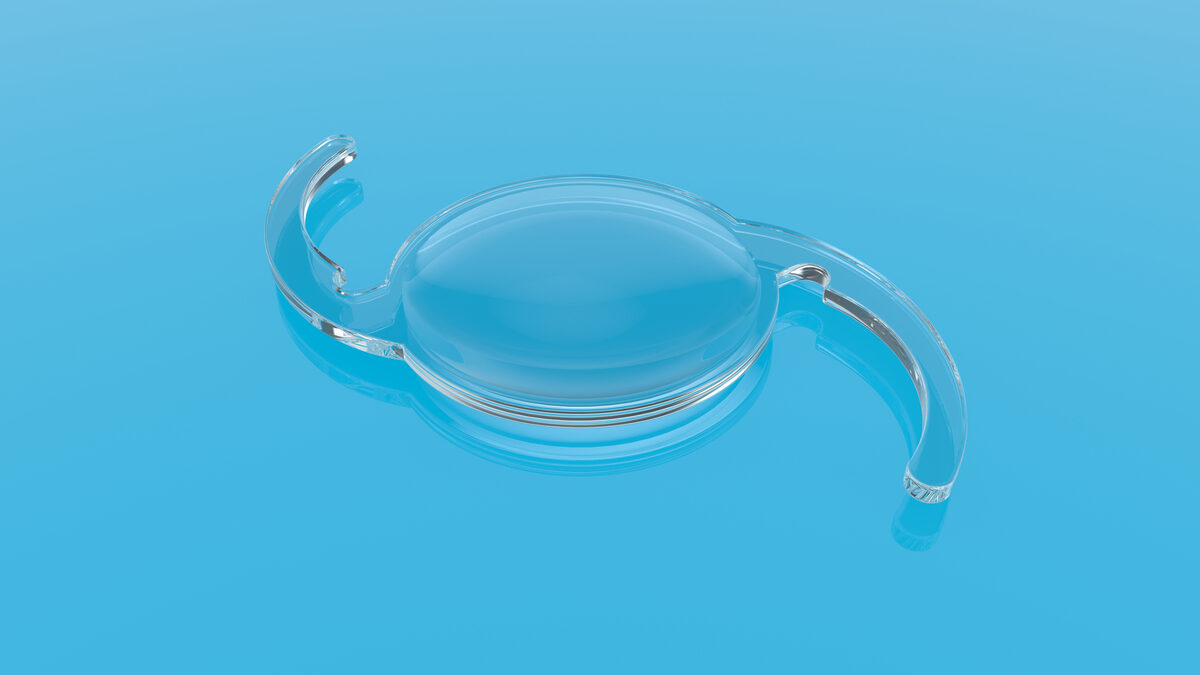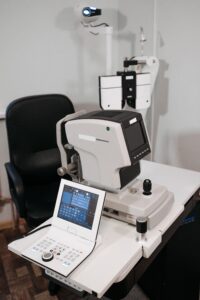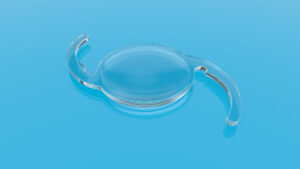There are number of non-laser or non-LASIK interventions or surgeries being practiced today with
most advanced biocompatible intraocular lenses for people who do not qualify for LASIK s and also
for aged people who wants a glassfreelife.
There are 3 different non laser refractive surgeries in practice today namely
1. Implantable Collamer Lens popularly called as ICL
2. Refractive Lens Exchange or RLE
3. Refractive Cataract Surgery
Implantable Collamer Lenses
The younger age group who are still eligible for a LASIK correction which is from the age of 18 years to the age of 40 years sometimes are clinically ruled out or become not eligible for corrective surgeries using LASIK, the common reasons are
- Very thin corneas
- Very high Myopia
- High Astigmatism
- Scarring on cornea due to any reasons
All these candidates who are not qualified for LASIK can choose to undergo vision correction surgery
called Implantable Collamer Lens
An Implantable Collamer Lens is a synthetic biocompatible lens. Generally, it is manufactured in
customised measurements for patients after an initial screening. The surgery is of very short
duration extending from 5-10 minutes. In simple words, these are the contact lenses which are
implanted inside the eyes unlike removable contact lenses.
Advantages of an ICL are they are safe; can correct very high myopia and high degree of astigmatism
and they are permanent solution for vision correction. The implants are for life and no need to
remove them for life.
More about Implantable Collamer Lenses
Refractive Lens Exchange
For anyone above 40 years, having moderate or good distance vision and having problems in near
vision (Called Hyperopia or Presbyopia) which is a universal problem during early 40s or late 40s
Refractive Lens Exchange is a choice of surgery for having a glassfreelife.
Refractive Lens Exchange is a lot like Cataract Surgery but without having Cataract changes in natural
lens. In Refractive Lens Exchange the natural lens is removed and a synthetic biocompatible Intra
Ocular Lens is placed in the position of natural lens
Who is a good candidate for Refractive Lens Exchange
1. All the candidates who are considering Monovision Lasik or Presbyopia Lasik
2. Candidates who have moderate to good Distance Vision
3. Candidates who are in late 40 s and above
Advantages of Refractive Lens Exchange are, Clear vision for both distance and near vision, RLEs can
correct astigmatism by using Toric lenses, RLEs have Extended Range Vision IOLs for all distance
vision corrections and the best part of RLE surgery is you never get Cataract in life.
Refractive Cataract Surgery
Any candidate who is above 60 years and wants a vision correction through a refractive surgery for having a glassfreelife, a Refractive Cataract Surgery is the best way to get a glassfreelife.
Generally, after the age of 60, the natural lens becomes hard with cataract changes which is a normal ageing process and will happen for everyone. Even before the Cataract induces further vision problems, these candidates can go for a Refractive Surgery using a Multifocal Intra Ocular Lens which is a synthetic biocompatible lens which is used also in Refractive Lens Exchange.
Who is a good candidate for Refractive Cataract Surgery
1. Any candidate above the age of 60 and looking to have a glassfreelife
2. Candidates with early cataract changes
3. Candidates with Mature Cataract
Generally, the exact lens required to correct the vision is identified by a simple test called biometry during the consultation. The appropriate lens required to correct both distance and near visions and also if there is astigmatism a Toric lens is used in the surgery. The surgery is a day care surgery which is completed within 5 to 10 minutes and the candidate can resume work within hours after performing the surgery
More about Refractive Cataract Surgery
All the Non-Laser Refractive Surgeries are performed with a day or week apart in each eye to ensure
maximum safety.





